As soon as the new look of the Japanese Covered Bridge in Hoi An was revealed, many tourists argued that the monument looked "new" and "much younger" than before.
Mr. Le Huy Tuan, 45 years old, living in Da Nang, came to Hoi An on the morning of August 28, felt "disappointed" when witnessing the appearance of the Japanese Covered Bridge after the restoration. He thought the relic was out of place in the heart of the old town. "If all the buildings in Hoi An were restored like this, the town would no longer be ancient," said Mr. Tuan.
Another tourist living in Quy Nhon commented, "The old and new structures overlap each other, neither old nor new."
Sharing the same opinion, Mr. Bui Phuoc Quang, 42 years old, a resident of Hoi An, said "this appearance is too new" compared to the previous restoration in 1996.
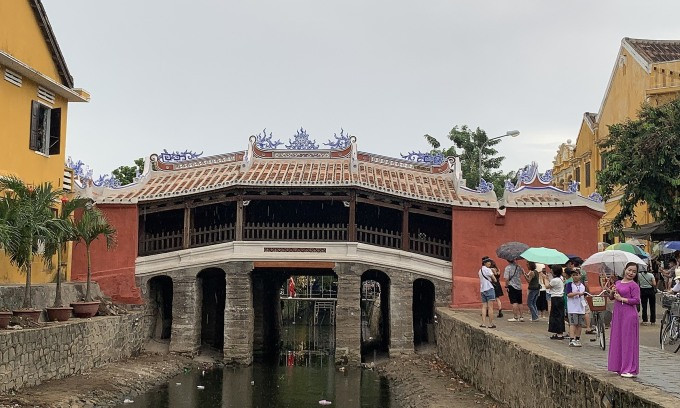
As noted by VnExpress , on the morning of July 28, the new Cau Pagoda is brighter because of the paint color, the details on the roof ridge, the decorative patterns, and the Chinese characters are written and repainted. The roof is covered with a mixture of old and new tiles. The pillars of the relic are almost intact, painted in wood color. Inside the relic, some damaged and rotten wooden frames have been completely replaced.
Mr. Pham Phu Ngoc, Director of Hoi An Cultural Heritage Conservation Center, said that the restoration of the Japanese Covered Bridge was carried out in the spirit of a careful, meticulous, scientific "surgery and treatment", from the project preparation stage to the organizational and technical solutions for the restoration of the relic. The unit has collected and researched information and documents; explored the stratigraphy, analyzed architectural traces through the periods to serve the restoration. During the implementation process, the work of consulting experts, researchers, and artisans on arising problems has always been focused on and carried out regularly. During the restoration process, the center once stopped the progress for a year to consult on the architecture of the bridge deck "curved or flat" due to many controversies related to the bridge deck and the girder and truss details.
Mr. Ngoc added that the survey and assessment of the current status of the relics were carried out by filming and taking photos; using Do paper to create stele inscriptions, parallel sentences, and architectural decoration plans; drawing and recording the current status of the architecture; and digitizing the relics using 3D technology to create a scientific database to propose solutions and restoration methods suitable for each item and structure of the project.
The representative of the unit in charge of restoration said that the viewpoint and restoration solution throughout the project is to preserve the integrity of the overall architectural form and structure, each part, component, original artifact, with historical value is preserved to the maximum extent possible. From stone bars, bricks and tiles to wooden components of the frame - beam - floor - roof rafters or details of the keel, wall panels, ceramic patterns, ancient plates are all carefully considered, evaluated, studied to separate damaged parts, trying to retain as much good components as possible, using traditional construction techniques combined with modern materials and chemicals to reinforce, strengthen, and reuse for re-assembly.
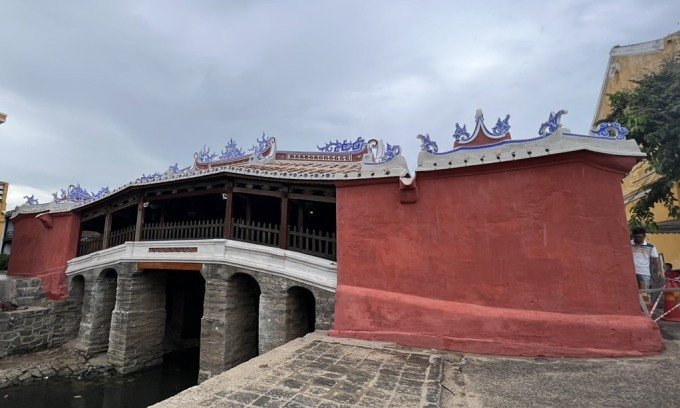
In response to many opinions that the restored structure looks "very young", "shiny", and does not retain its original ancient look, the Center's representative said that the color of the Japanese Covered Bridge after restoration retains the original color of the old details, without any additional painting; the new structures or reinforcement components are only coated with a colorless preservative. Similar to the abutment body, the bridge's piers are also completely intact without any color intervention.
Regarding the color of the roof of the Japanese Covered Bridge, Mr. Ngoc said that the current color was restored based on some locations where the old color still exists, combined with the results of a survey of similar traditional religious buildings in Hoi An as suggested by experts. The restoration, no matter what, cannot avoid making the relic look "new", but the important thing is to preserve the originality, ensuring the principles in the restoration of the relic.
"Over time, through weathering, the Japanese Covered Bridge will return to its ancient, quiet appearance as in previous restorations," said Mr. Ngoc.
Nguyen Minh Duc, 34, a resident of Hoi An, said that any project when being renovated or renewed needs time to be synchronized. No one knows what the old appearance of the Japanese Covered Bridge was like; people have become accustomed to the old appearance of the bridge after several hundred years. Hoi An residents hope that tourists will continue to support the relic. "The feedback is the basis for experts to improve in the future," Duc said.
Thanh Hai, 28, a tour guide, said the restoration of the Japanese Covered Bridge was timely. He said he guides tourists back and forth to the Japanese Covered Bridge every day, so he knows very well the extent of the damage to the monument. "Every time I pass by, I feel like it's about to collapse," Hai said.
The Japanese Covered Bridge relic has existed for 400 years. Although it has been carefully preserved and treasured by generations of Hoi An residents, it has not been able to avoid damage due to the harsh effects of nature and time. It has been restored 7 times. In 2022, the structure was seriously degraded, the bridge abutments and piers were cracked and sunk, and many columns and beams were severely damaged. The People's Committee of Hoi An City approved the restoration of the Japanese Covered Bridge with a budget of more than 20 billion VND.
The project has been completed and is expected to be inaugurated on August 3, during the 20th Hoi An - Japan cultural exchange event series in 2024.
Source



![[Photo] Prime Minister Pham Minh Chinh receives Chairman of Commercial Aircraft Corporation of China (COMAC)](https://vstatic.vietnam.vn/vietnam/resource/IMAGE/2025/4/14/93ca0d1f537f48d3a8b2c9fe3c1e63ea)

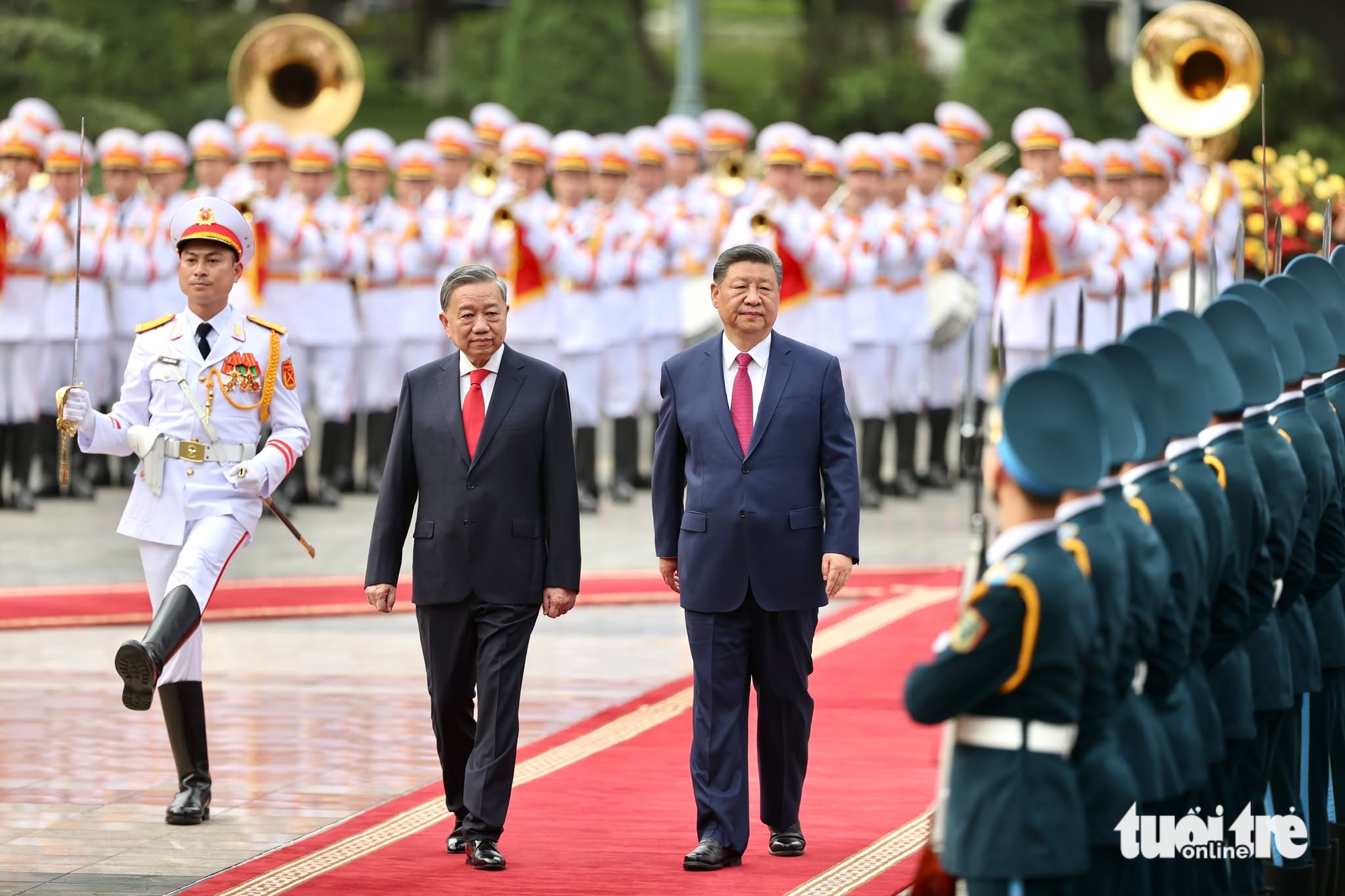


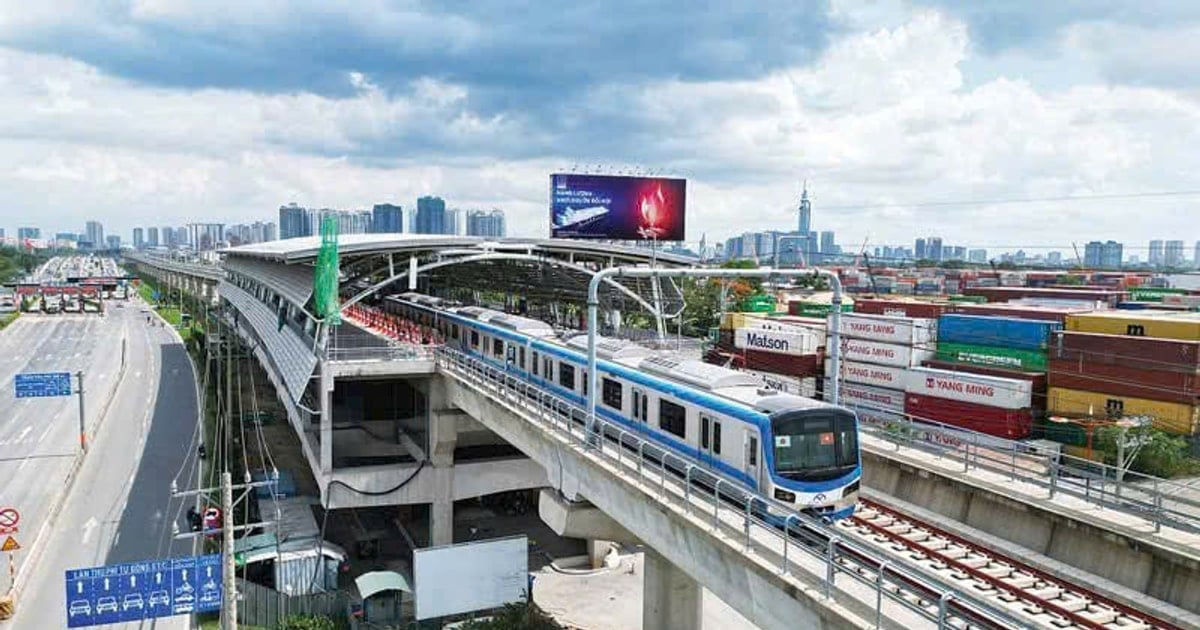

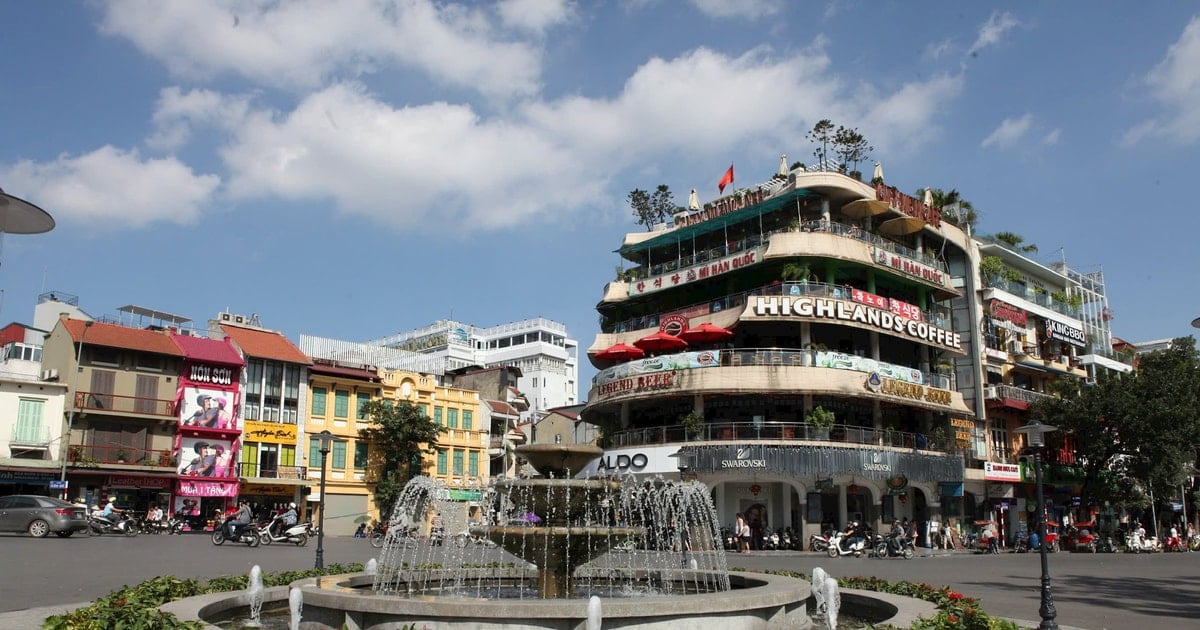

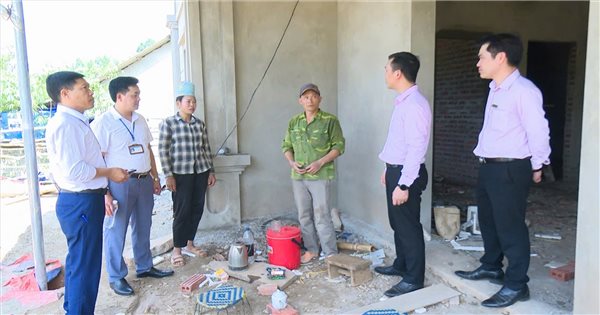
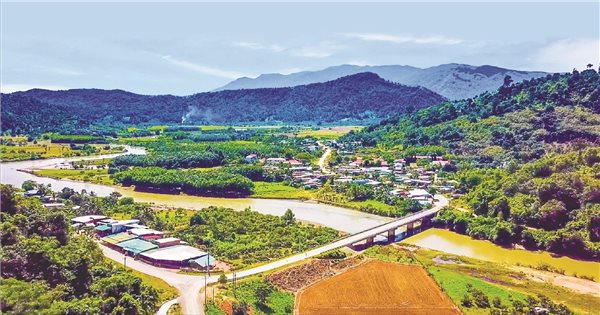

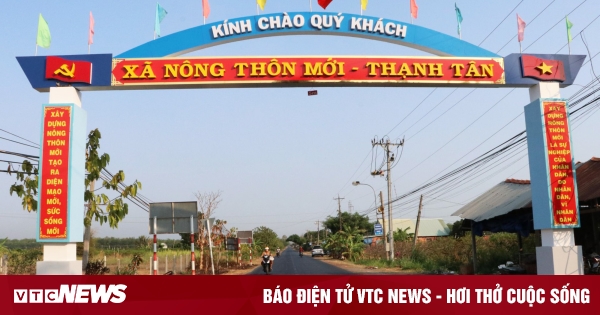
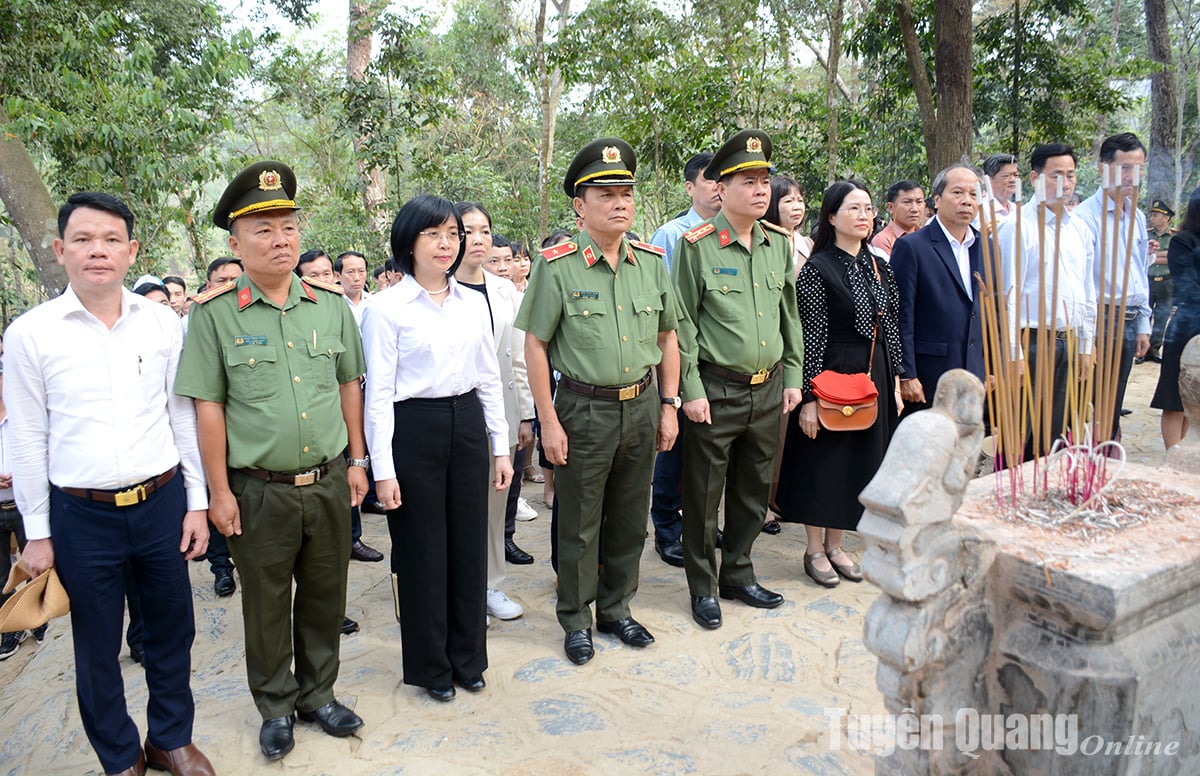


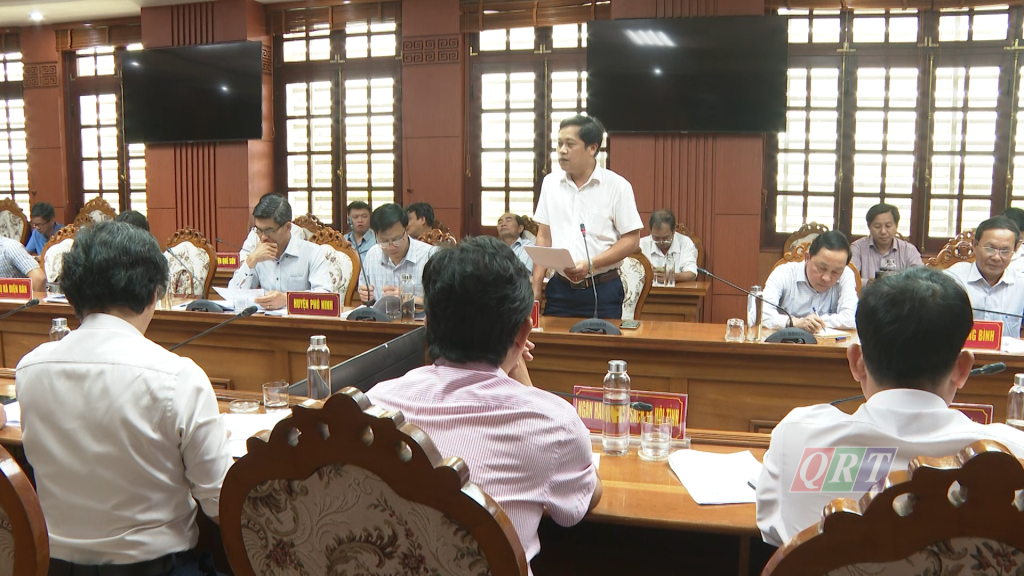
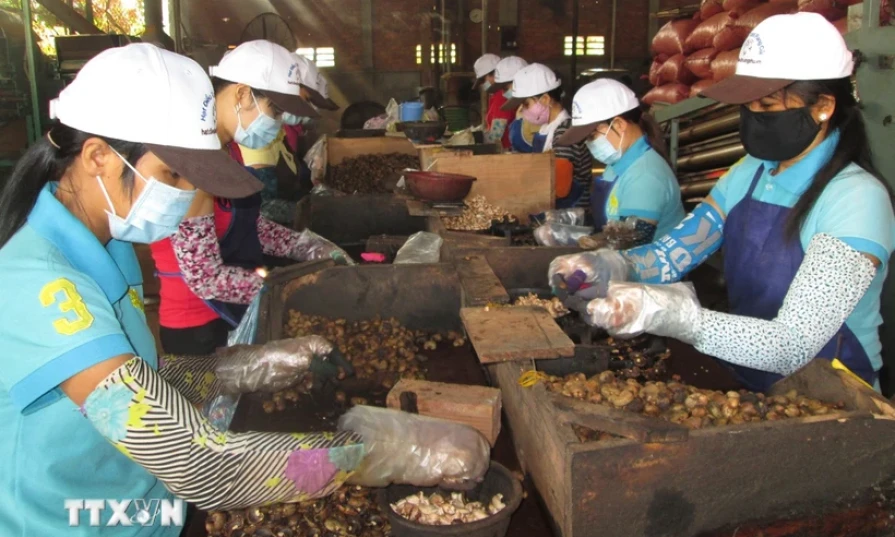


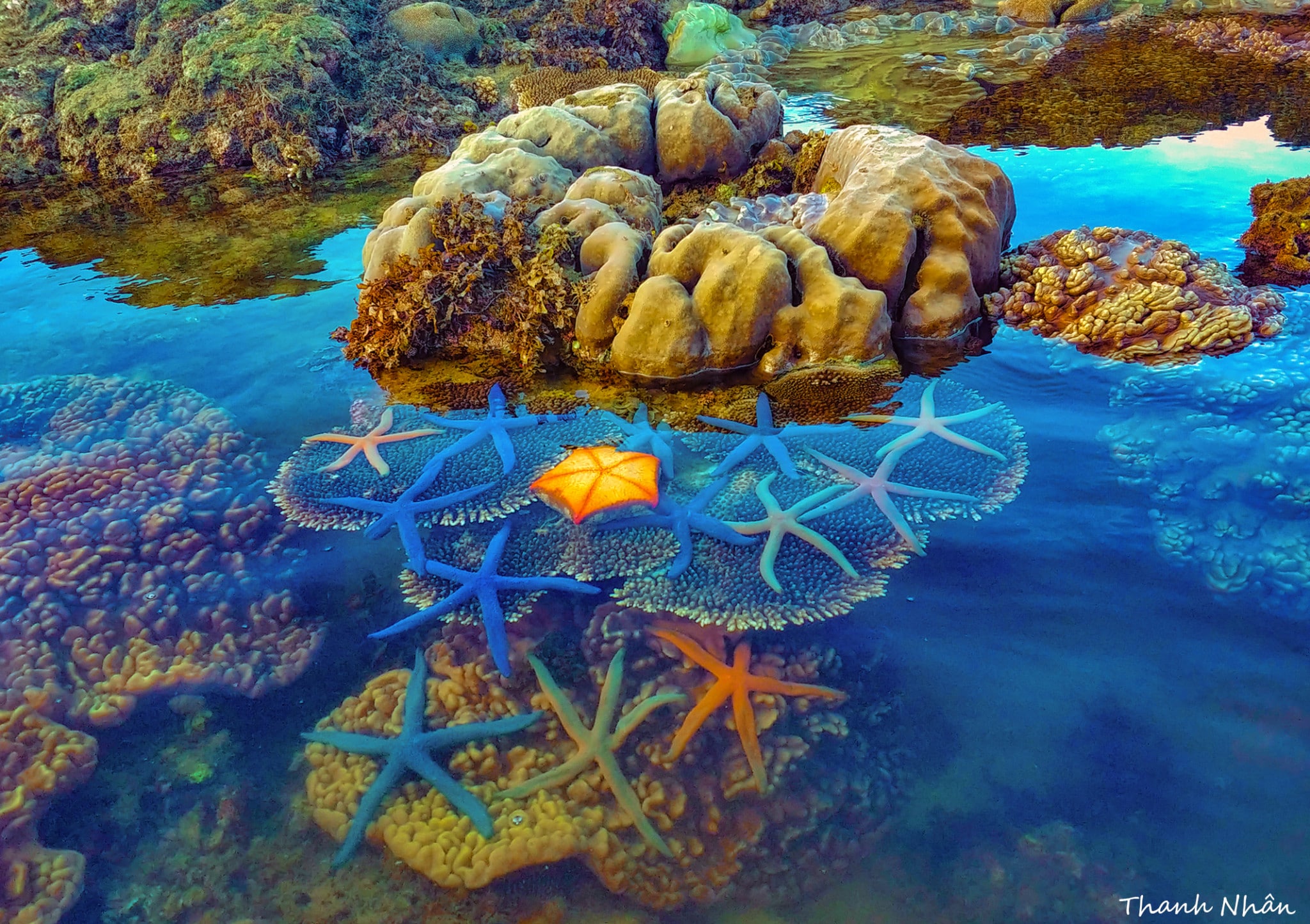
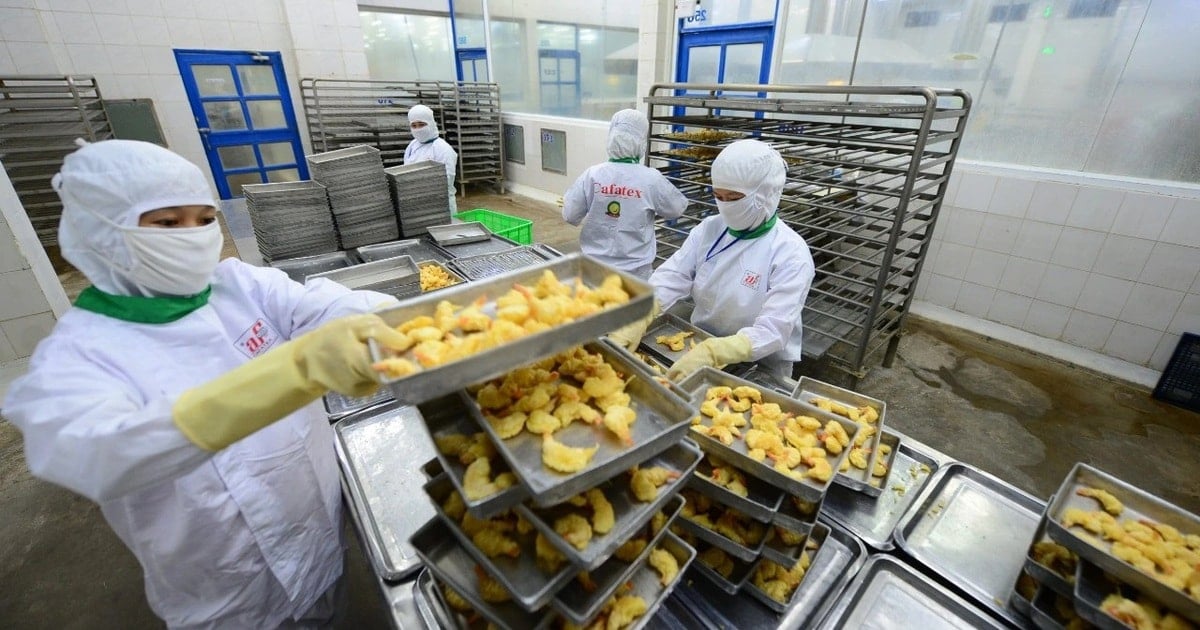
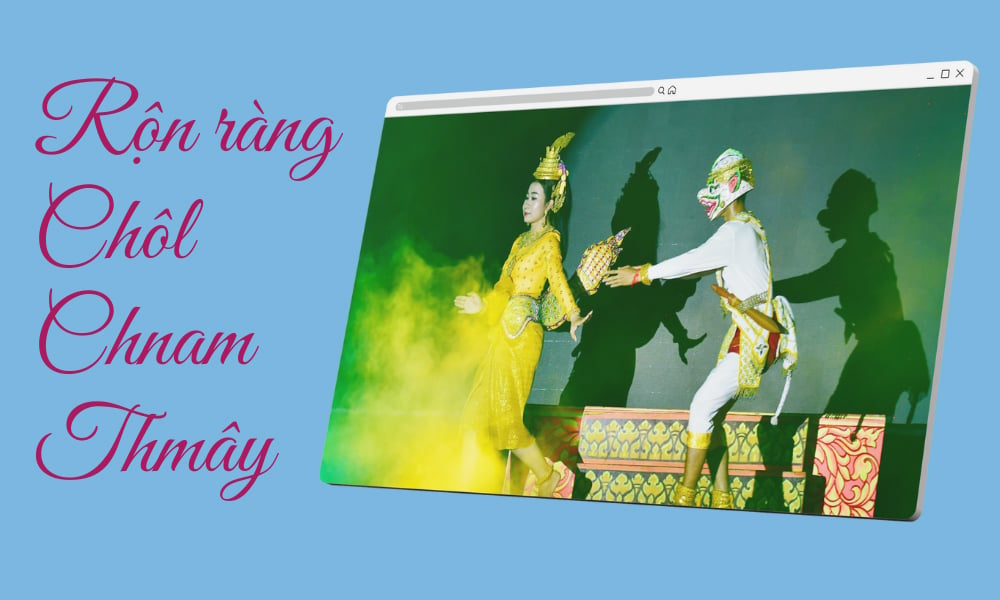
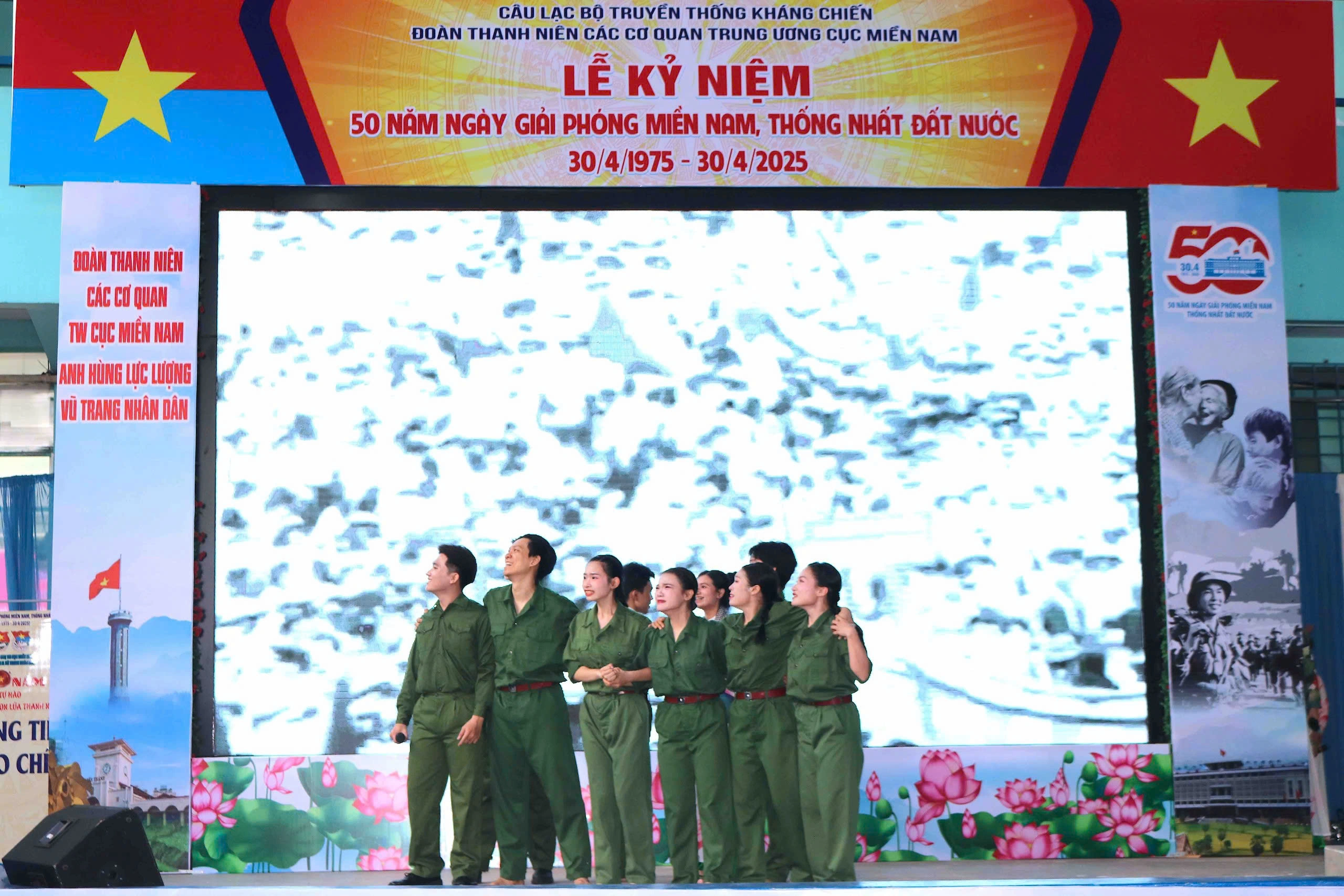
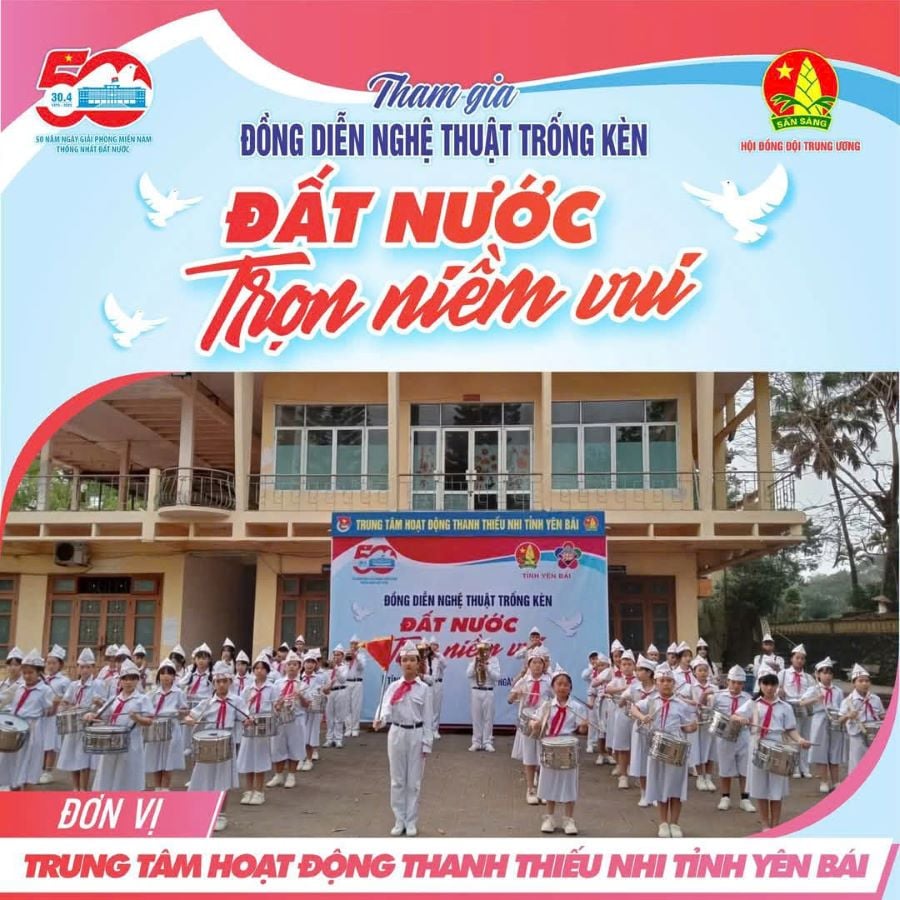
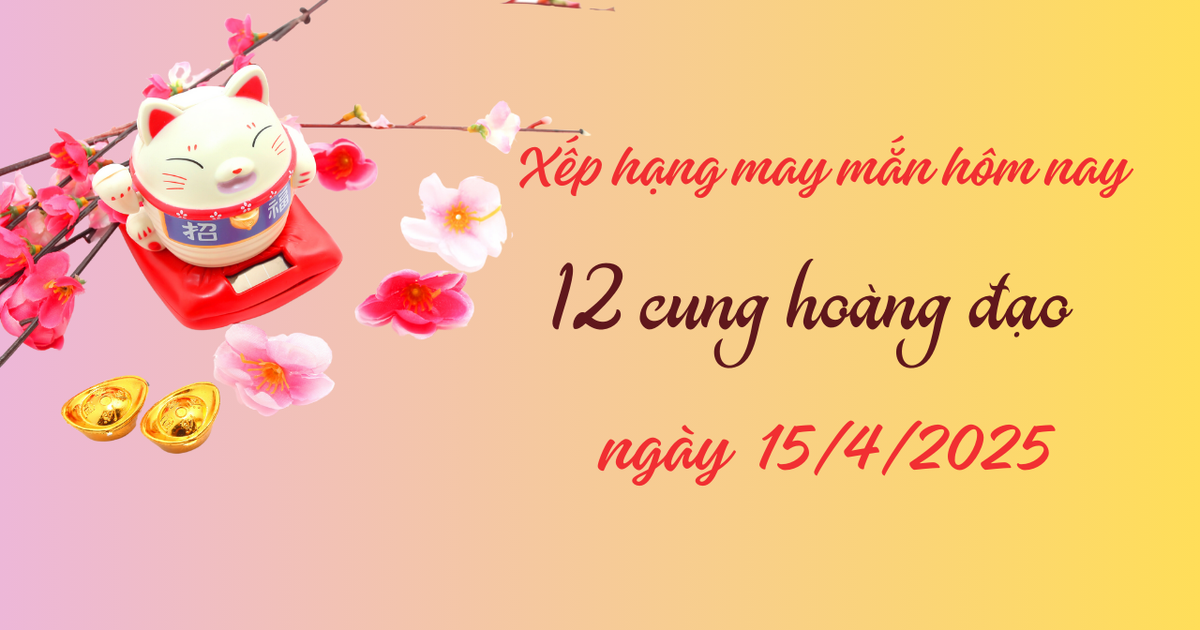
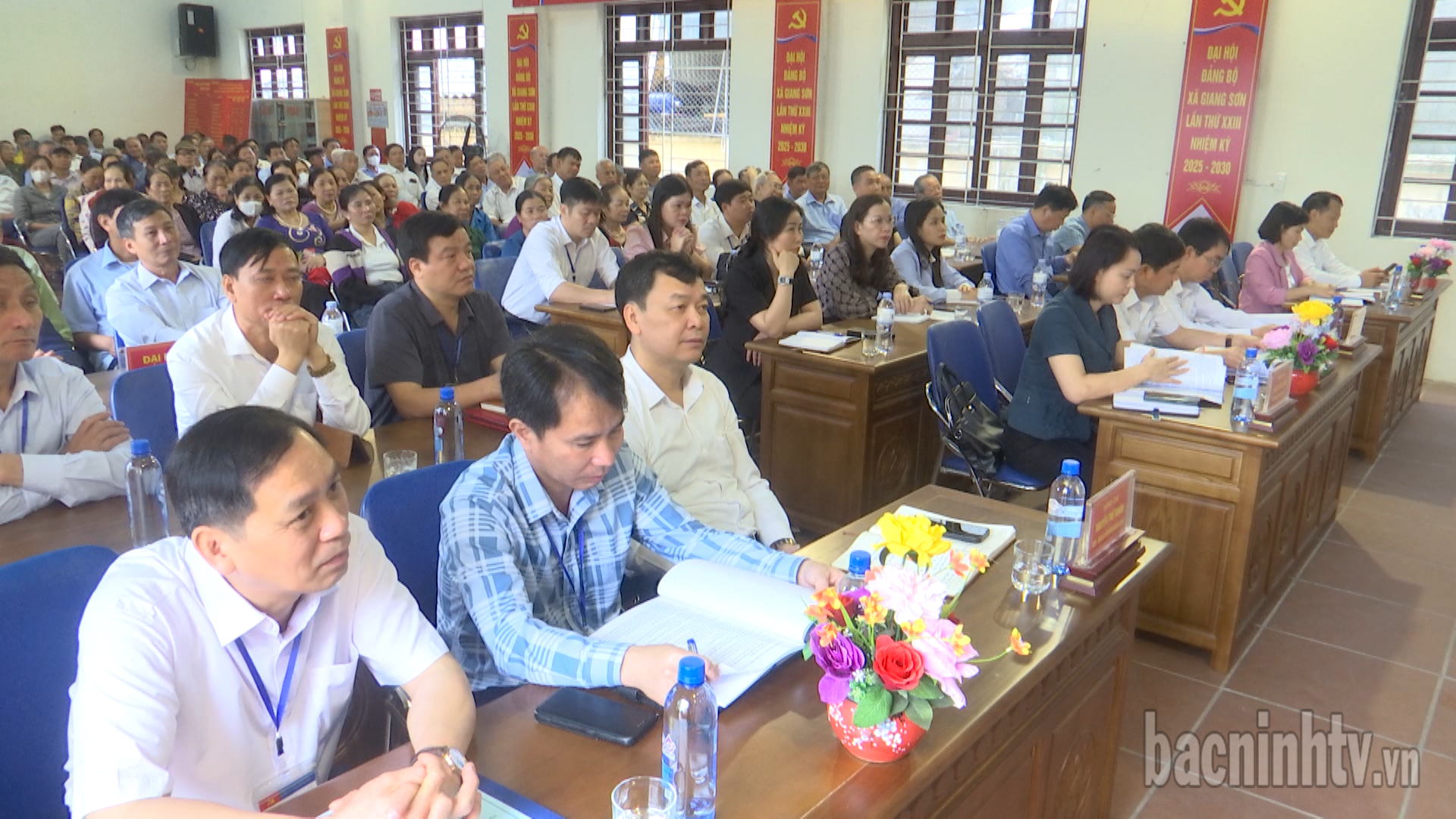
![[Photo] General Secretary and President of China Xi Jinping arrives in Hanoi, starting a State visit to Vietnam](https://vstatic.vietnam.vn/vietnam/resource/IMAGE/2025/4/14/9e05688222c3405cb096618cb152bfd1)

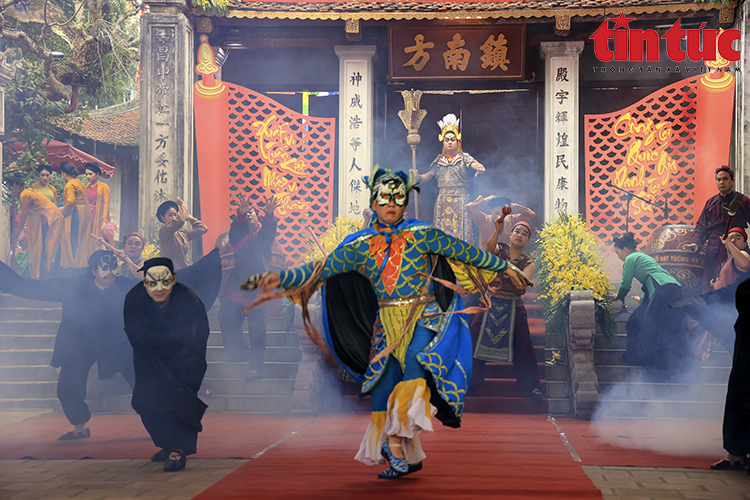

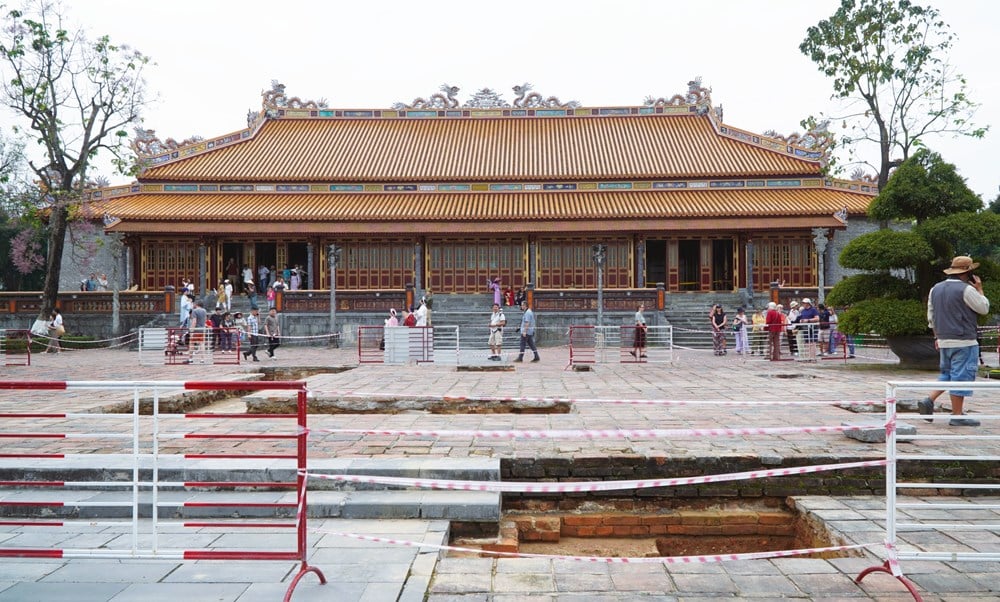

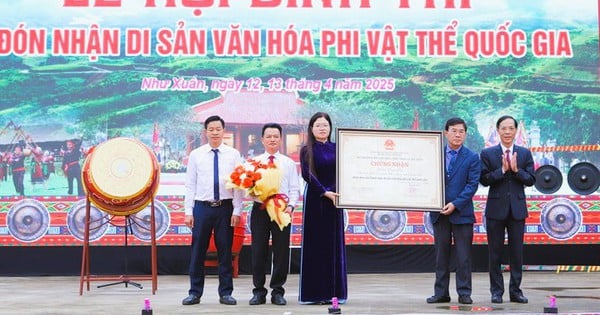




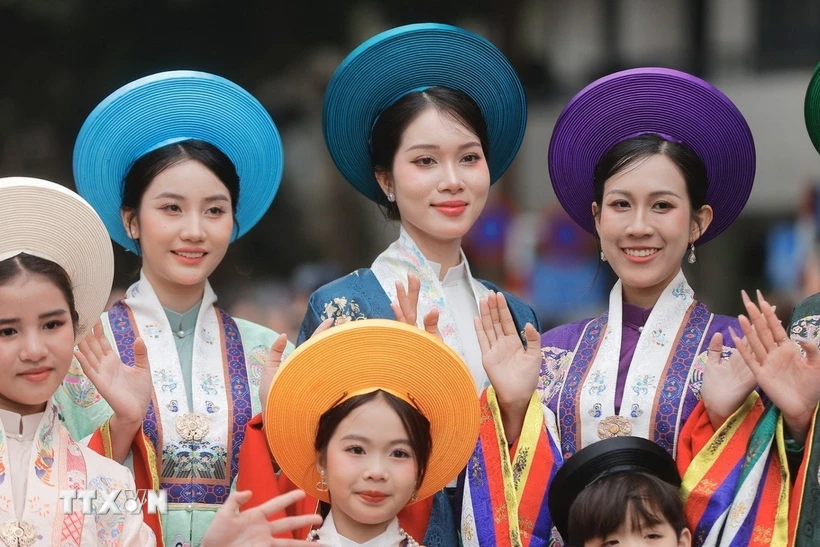

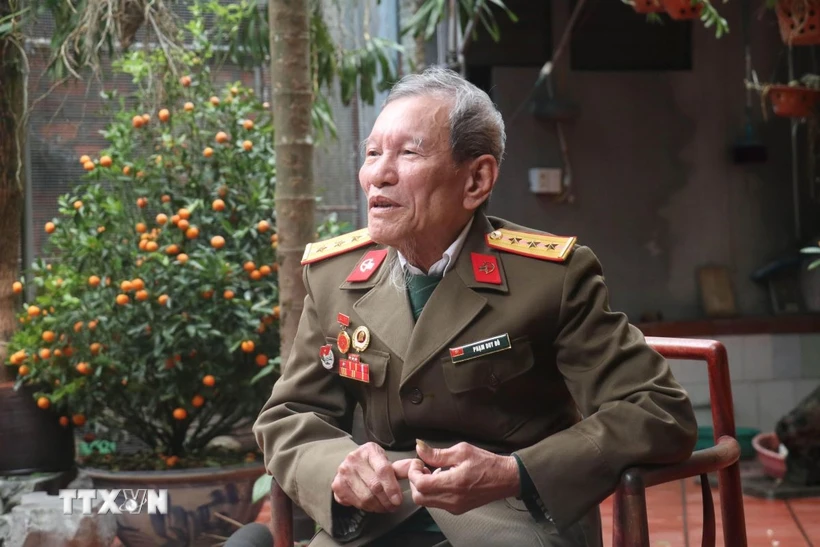



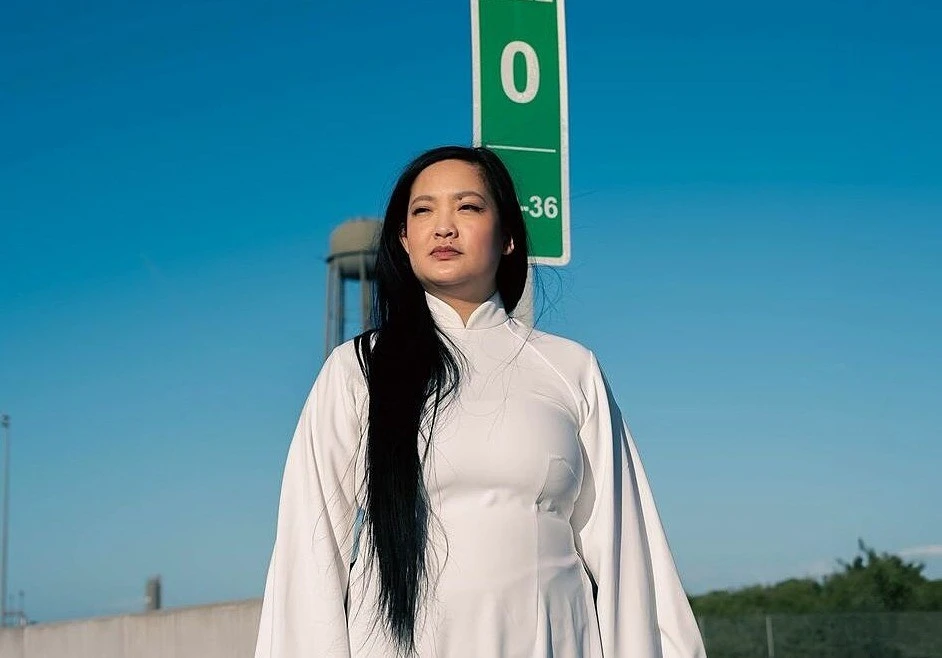

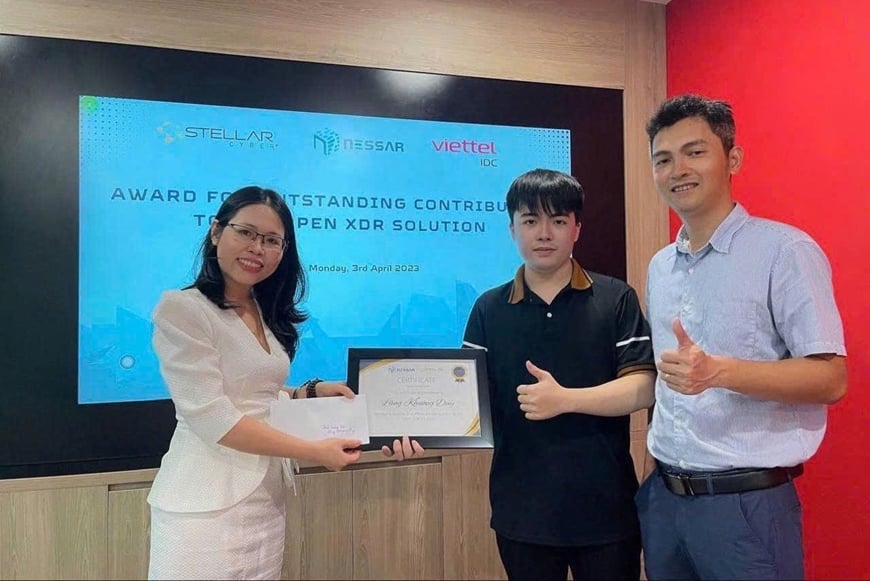












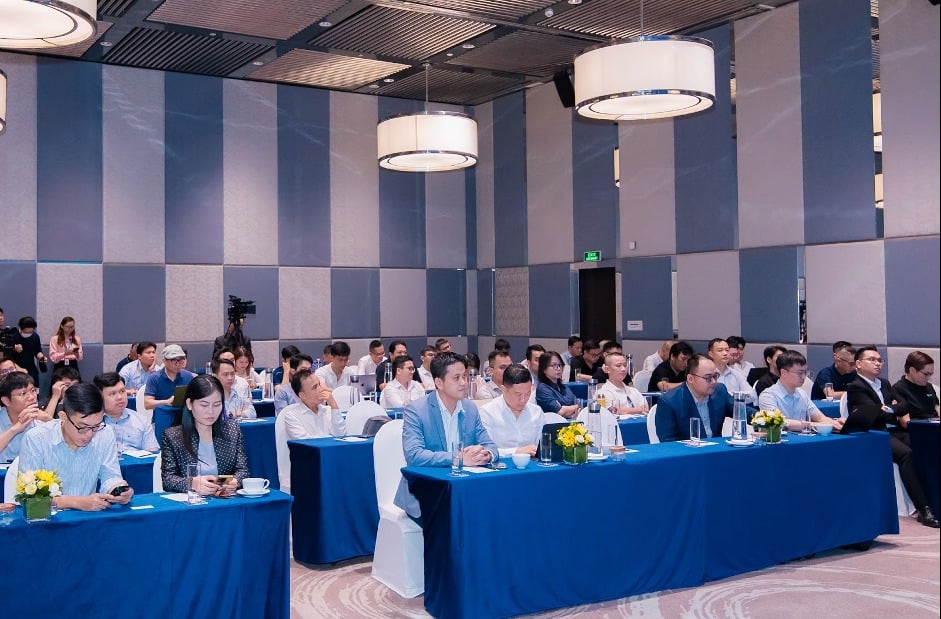
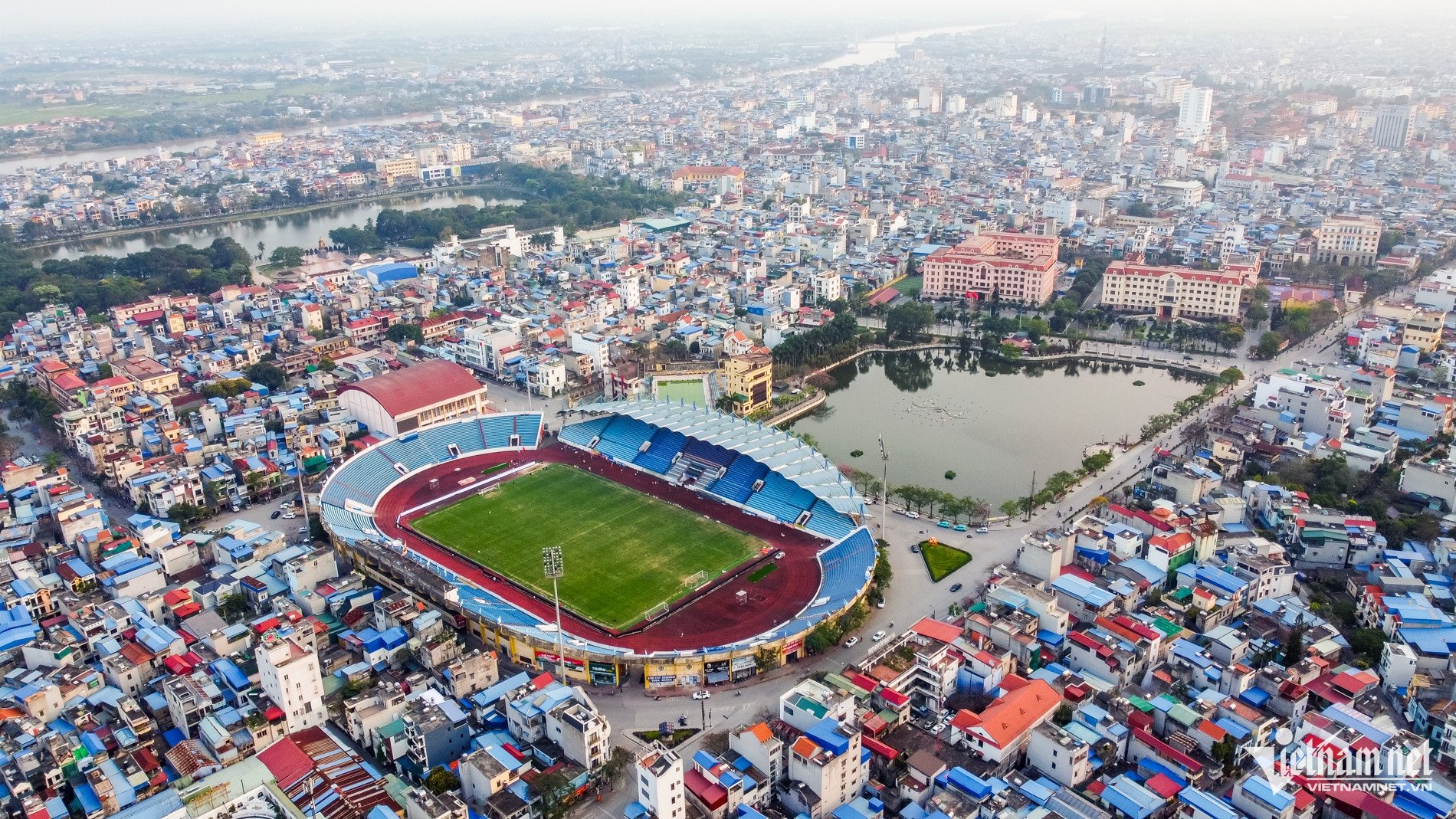

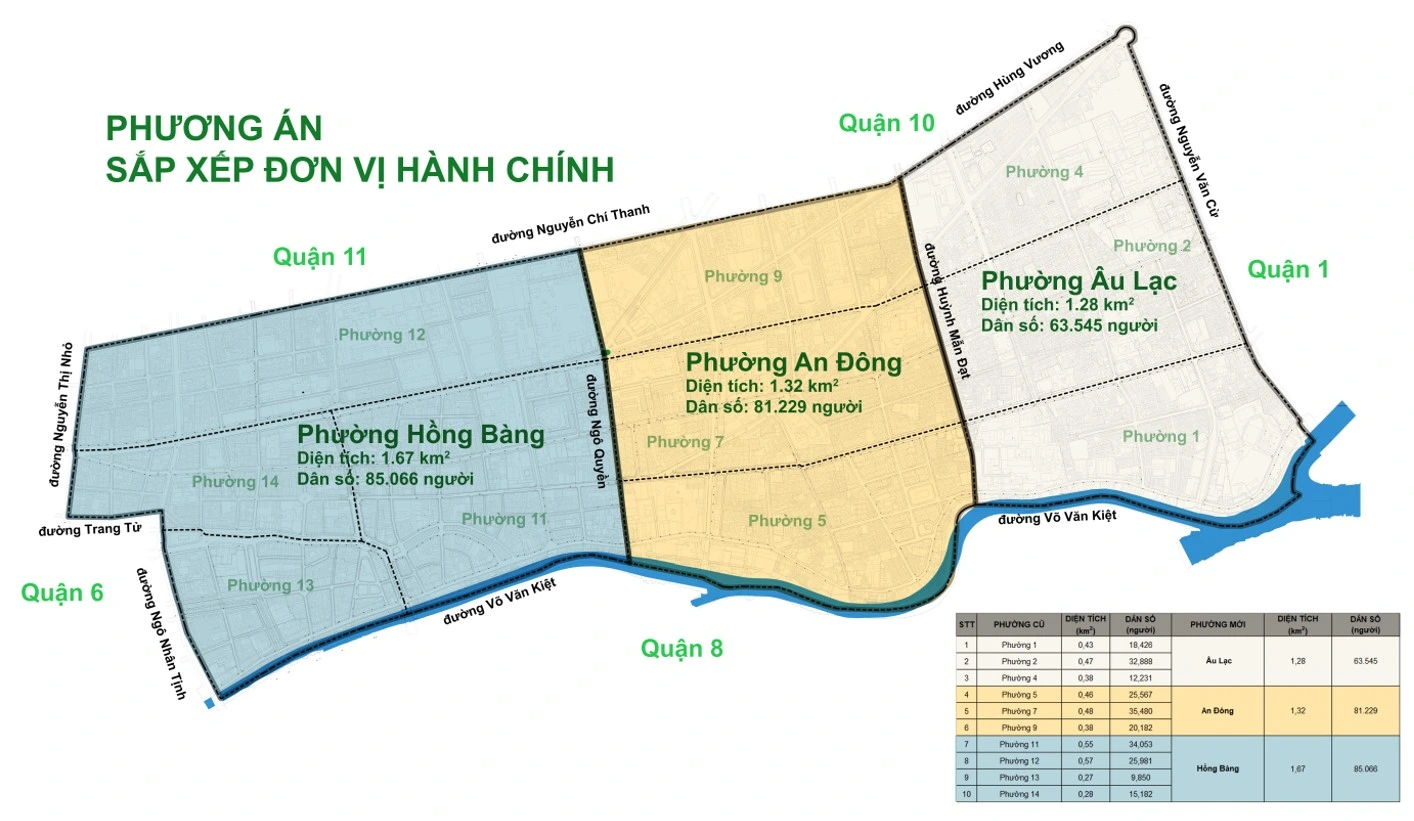






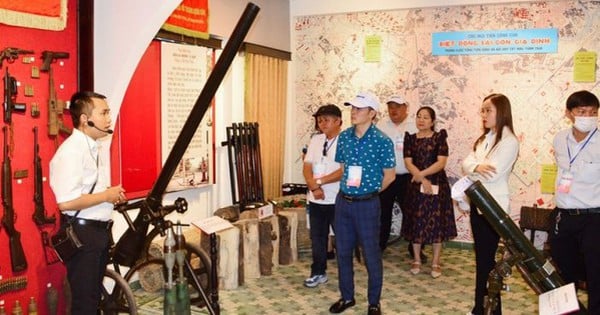


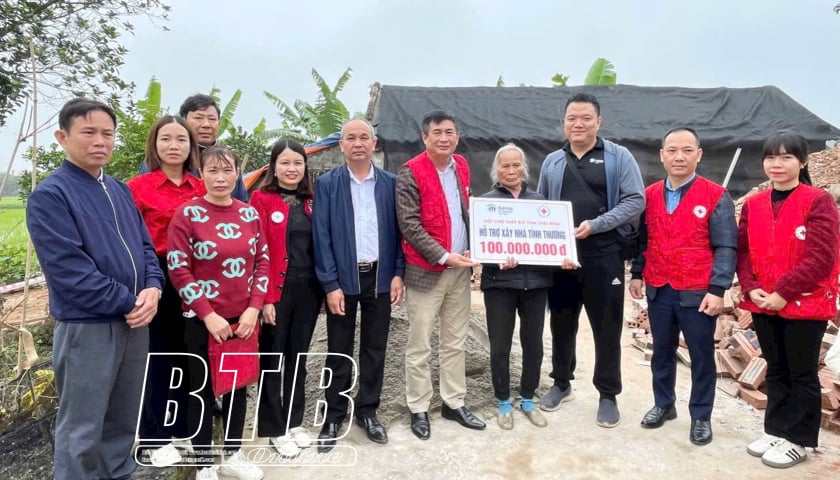

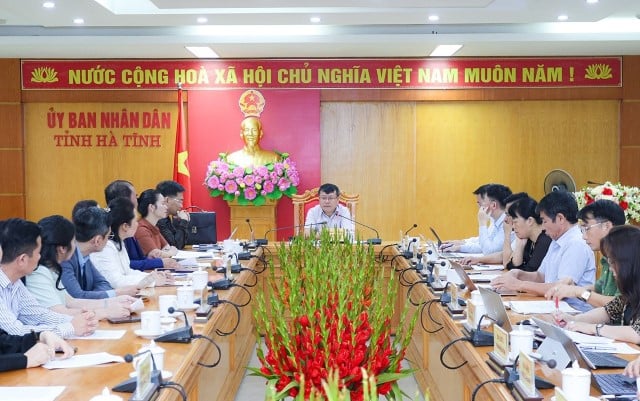
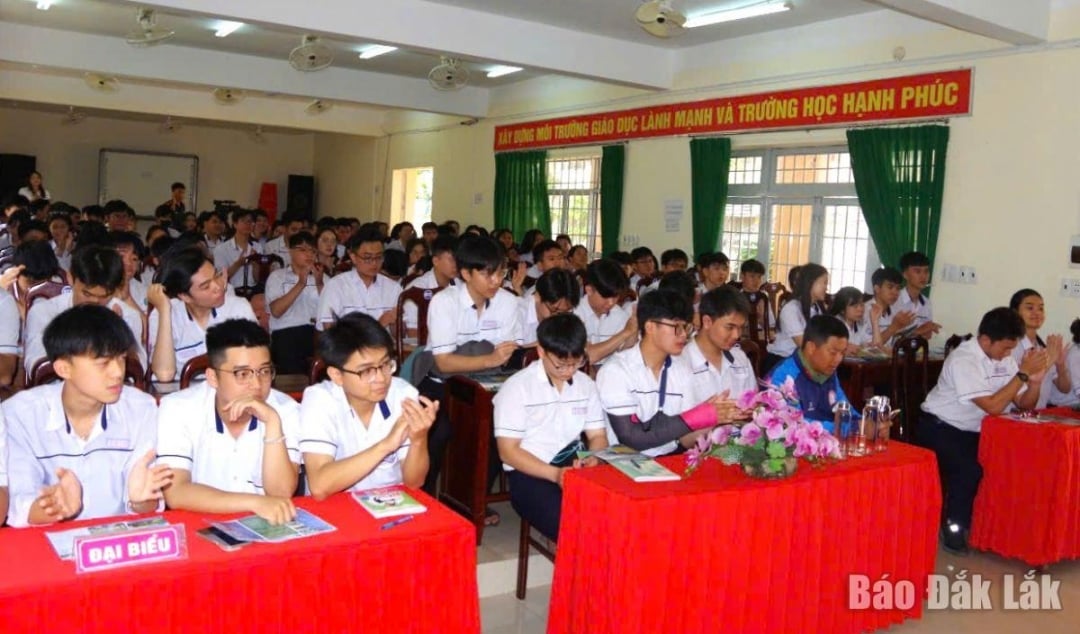

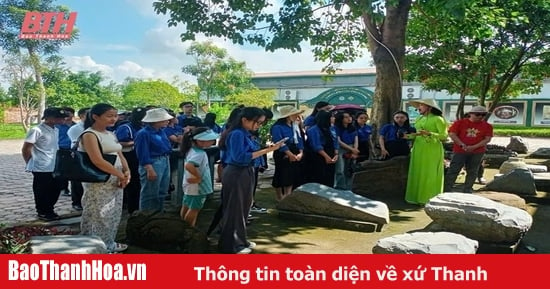
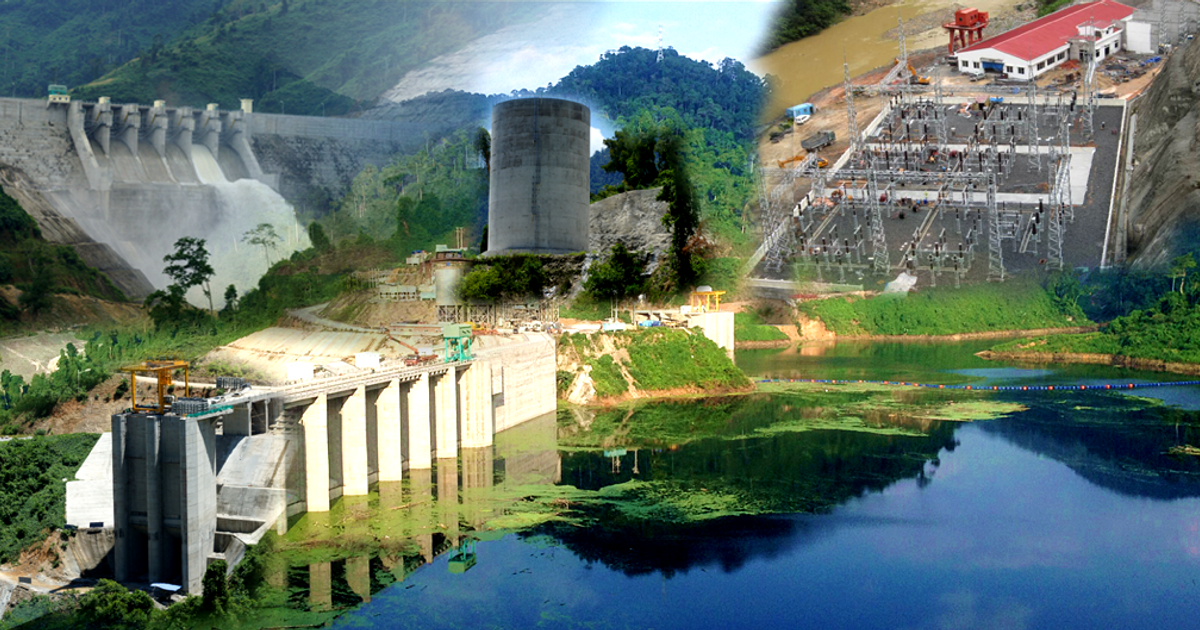



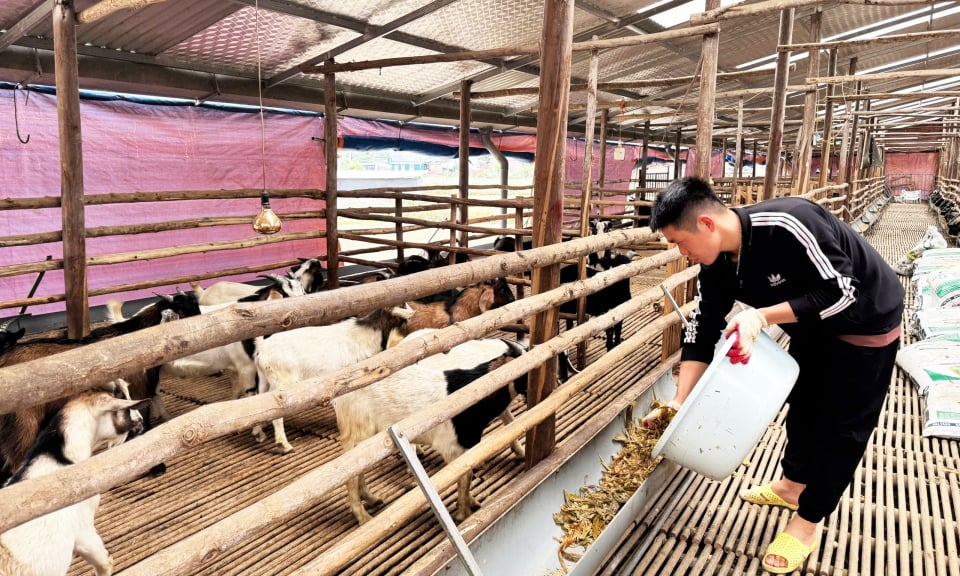



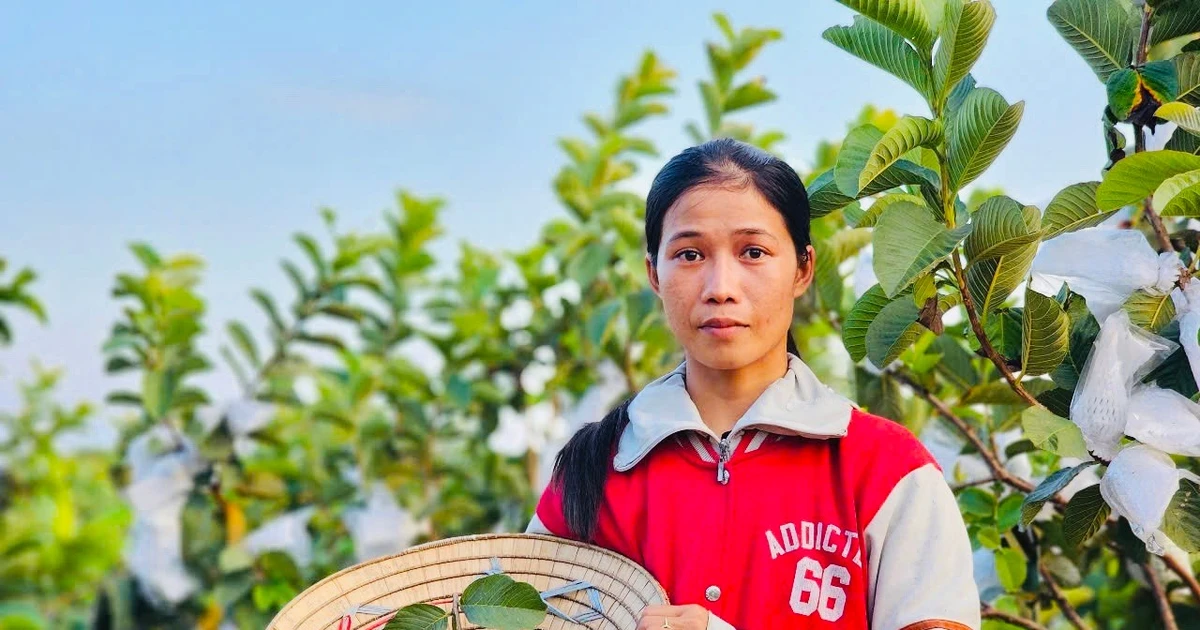

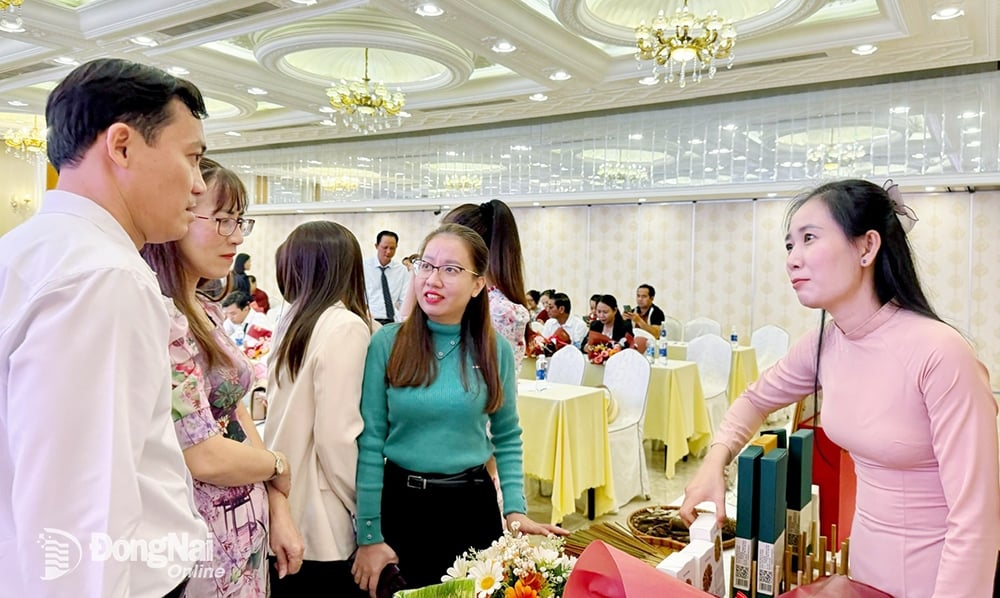



Comment (0)